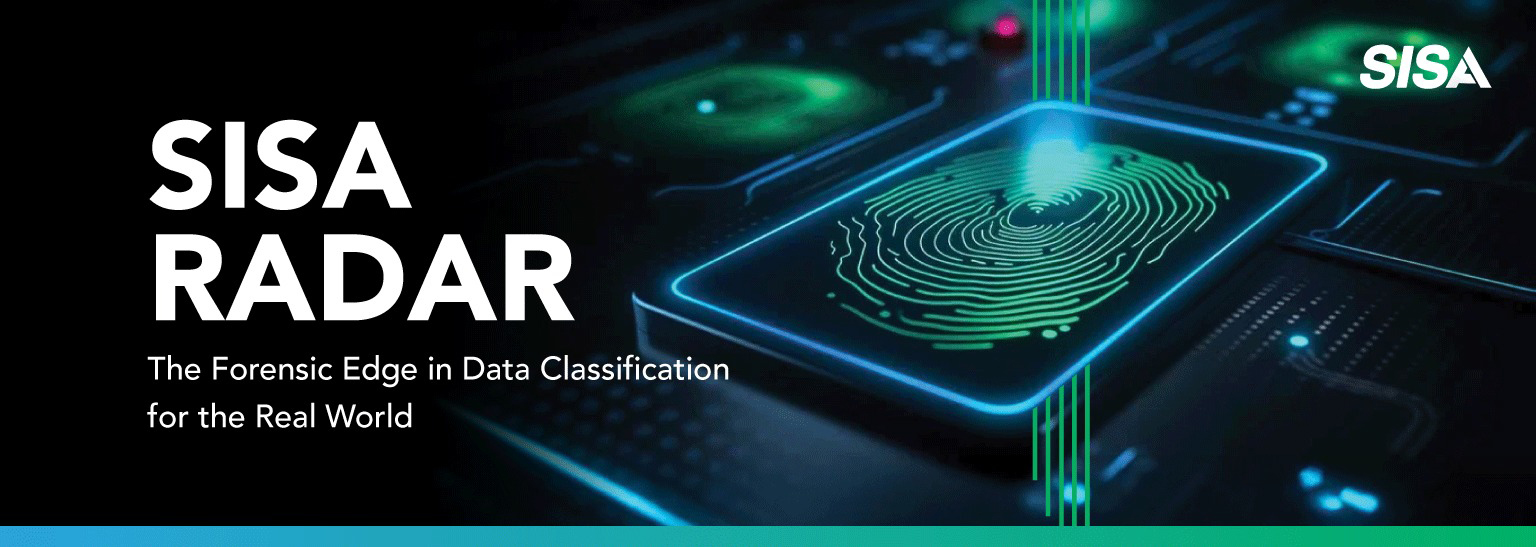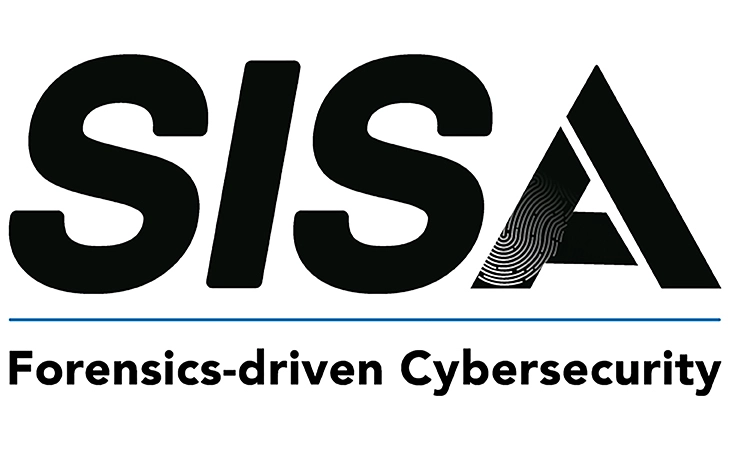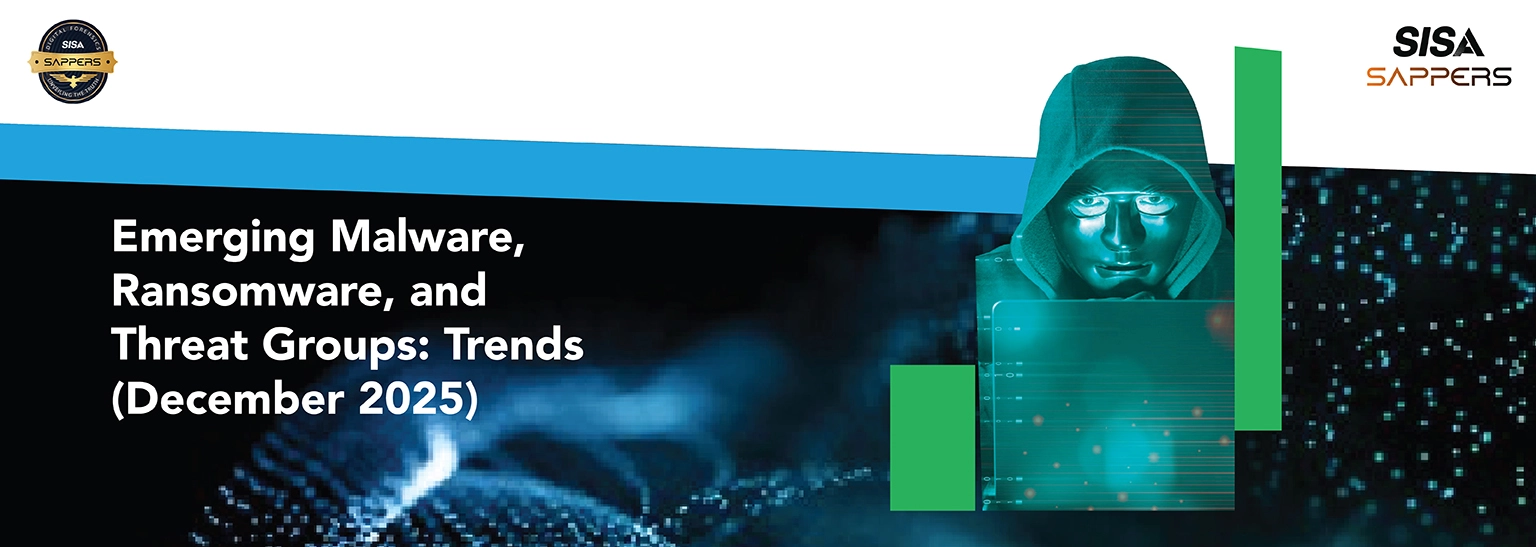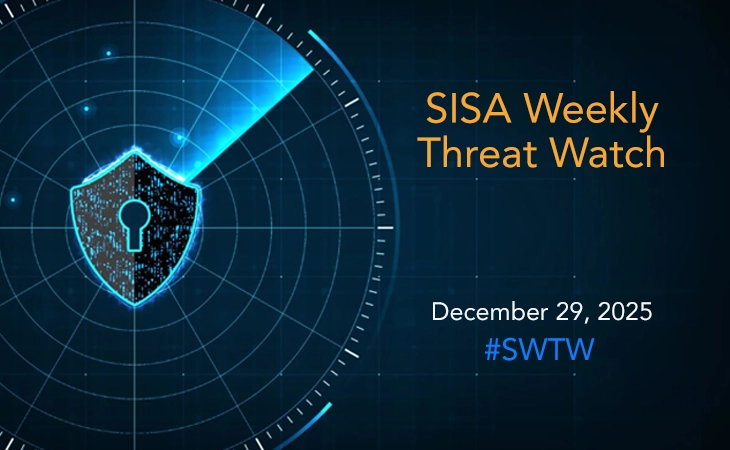Home » Two Decades of Lessons, One Urgent Truth: Trust Is the Core of AI Governance.
Two Decades of Lessons, One Urgent Truth: Trust Is the Core of AI Governance.
Share on
If you’ve spent more than twenty years working across data, risk, and security, you notice the cycles. Every few years, a new technology or regulatory wave changes the conversation, forces organizations to adapt, and challenges leaders to rethink how they balance innovation with responsibility. I’ve lived through the rise of the internet, the scramble around compliance mandates, the rush to cloud, and the explosion of big data. Each of those moments felt disruptive, but none compares to what we are now experiencing with the rise of artificial intelligence.
The difference today lies in the speed, the scale, and the nature of risk. Traditional data systems were predictable: you knew who accessed information, what they did with it, and when. AI, by contrast, learns from data in ways even the designers cannot always fully explain. That unpredictability creates tension between opportunity and oversight. On one hand, organizations can finally make sense of oceans of data, finding patterns and efficiencies at breathtaking speed. On the other, those same capabilities can inadvertently expose private details, reinforce bias, or create vulnerabilities leaders didn’t anticipate.
What I’ve come to realize is that governance, as we once defined it, is no longer enough. The old model of policies, roles, audits, and reports still matters, but it does not capture the full reality of AI. We need to move from a compliance-driven mindset to one that is rooted in trust. That means being able to demonstrate, at any moment, not just that you know where your data is, but that you are handling it with integrity, transparency, and restraint. Trust has always been important, but in an AI-driven world where decisions are made faster and with less human oversight, trust becomes the currency that determines whether customers, regulators, and partners continue to engage with you.
Privacy is at the centre of this. In the past, privacy was treated as a checkbox a legal requirement to be managed. Today, it is a strategic necessity. Collecting and storing everything is not a sign of strength, it is a liability. Data minimization, once seen as restrictive, is now a protective measure. Every unnecessary record you keep is an extra surface for exposure. Organizations that fail to internalize this will find themselves constantly firefighting, while those that embed privacy into their design choices will gain confidence and credibility.
Security, too, takes on a new urgency. The basics encryption, masking, access controls are not negotiable. But in the AI context, they are only the beginning. When models are being trained on vast datasets, when they are retraining themselves continuously, the protections must extend beyond infrastructure. Safeguards like anonymization techniques, federated learning, and synthetic data are no longer experimental they are essential. The organizations that endure are the ones that invest in making these measures invisible to end users while ensuring resilience beneath the surface.
Another shift that experience has taught me is the need for continuous oversight. Annual audits and periodic reviews once defined governance maturity. In the AI era, that cadence is far too slow. Data is being processed, recombined, and acted upon every second, which means governance must operate in real time. Intelligent monitoring, anomaly detection, and adaptive controls are the only way to spot when systems drift into unsafe territory. I’ve seen too many firms pass a compliance review and then stumble because their controls weren’t designed for continuous use. Governance today is not a static exercise it is a living, breathing function.
What troubles me is how many leaders still underestimate the gap between awareness and readiness. Most executives acknowledge the risks, but fewer feel prepared to address them. This disconnect is dangerous because it creates complacency. In my years of advising and leading through crises, I’ve observed that organizations can recover from technical breaches, but the loss of trust when customers feel their information was mishandled cuts deeper and lingers longer. Rebuilding after that kind of blow is far harder than investing upfront in the right controls and culture.
The path forward is not mysterious, though it does demand courage and clarity. Leaders must redefine governance as a commitment to trust rather than control. They must embed privacy not as an afterthought, but as a design principle in every process, every model, every decision. And they must operationalize resilience, ensuring that safeguards, key management, and oversight run continuously, without needing to be prompted by a crisis. These are not abstract ideals; they are concrete practices that determine whether an organization thrives in this new environment or is left behind.
After more than two decades of navigating shifts in technology and regulation, I can say with conviction that the role of governance has never been more critical. But it is also more nuanced, more adaptive, and more deeply tied to reputation than ever before. This is not about erecting higher walls around data. It is about being transparent in how it is used, decisive in how it is protected, and proactive in how risks are managed. The organizations that internalize this will not only meet the expectations of regulators, but they will also earn something even more valuable the enduring trust of the people whose data makes their business possible.
“Ultimately, the most enduring safeguard is not the perimeter we build around data, but the trust we earn by demonstrating that every use of it is both responsible and wise.”
 USA
USA India
India APAC
APAC Middle East
Middle East Global
Global


 Facebook
Facebook Linkedin
Linkedin  X
X Youtube
Youtube








